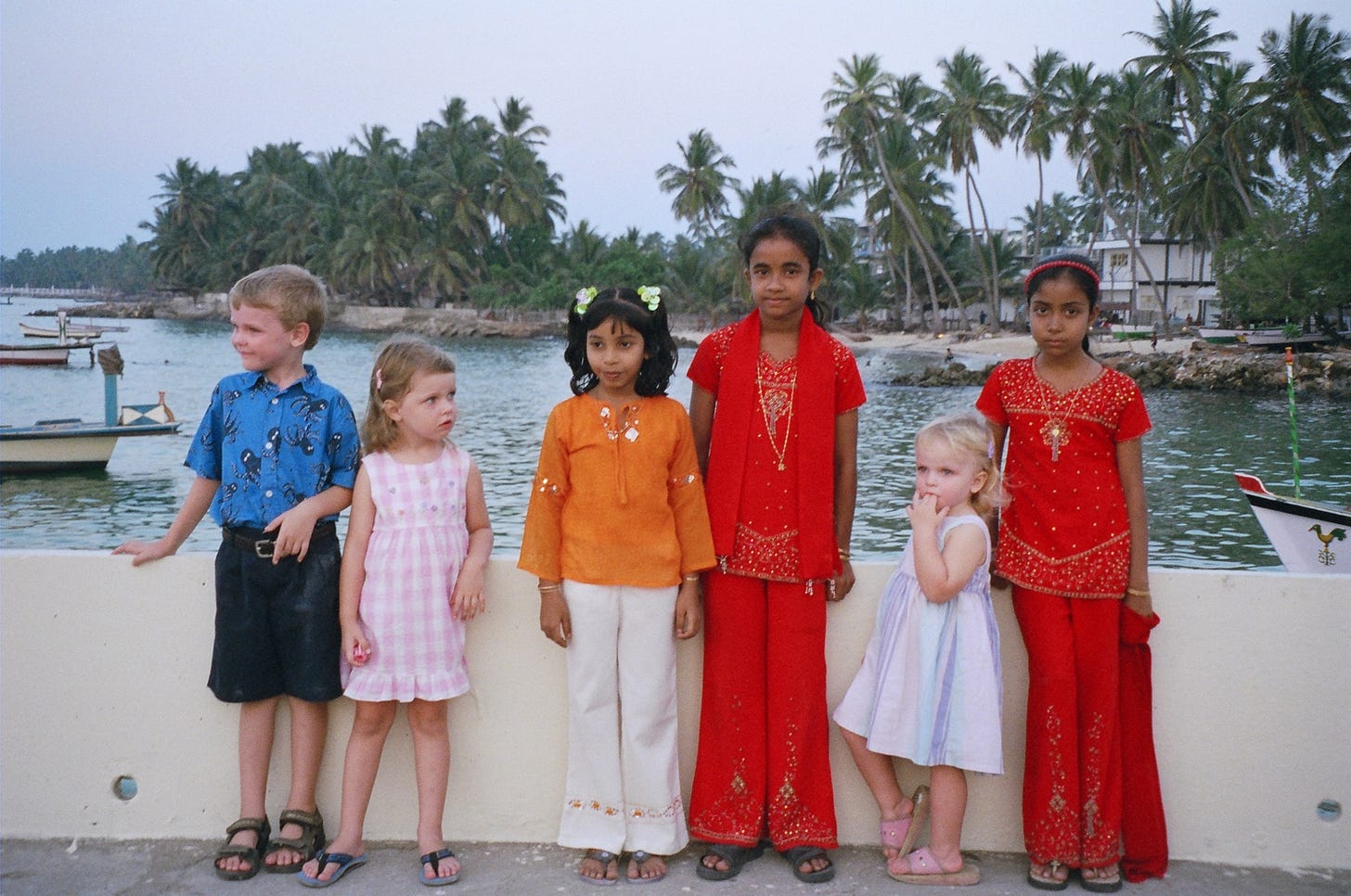The ridge that the Maldives island chain sits on top of extends further north and south of that country. The northern end is called Lakshadweep and is part of India. However, the southernmost island of Lakshadweep is culturally Maldivian and called Minicoy. We had always wanted to visit this place. How different was it from the Maldives? Many people from Minicoy had settled on the west coast of India, particularly in Cochin which was about a 5-hour drive north of our city. Previously I had wanted to do projects in Minicoy particularly and Lakshadweep generally and had even flown up to New Delhi to meet with officials to gain the needed permission. In the end, my Indian colleague Anita met a government official and we went through local channels to obtain permission to do work there. I had wanted a good test for the newly formed Reef Research Team and this was it. Anita, now Dr Anita Mary George, who I am working with again on a project with A Rocha India, led the scientific work. The idea was that by the end of the trip, the team would be on their own conducting research thus passing the baton on to my Indian colleagues. This is one of the goals of development – they would then have the skills, equipment, training, and desire to continue the project after my absence. We had by then decided that we were going to move to England and so it was particularly important at this juncture.
Cindy and the kids would come along on this adventure. Bobby was 5, Sarah 3, and Heather was 2. Many people feel they cannot travel with small kids – it can be challenging, but probably not as challenging as taking three small kids to Minicoy! This island is located over 200 miles offshore of India and requires first getting all of our equipment up to Cochin for the 18-hour ferry ride. We did splurge and have a cabin rather than sit out in a common area in chairs or on the floor. However, something in the seasick medicine impacted Cindy in a strange way and we needed to call on the ship's doctor. It turned out fine, but a scare, nonetheless. The kids did well on their adventure, and I remember distinctly our arrival on the island. The ferry could not come directly to the port but needed to stay offshore and outside the atoll lagoon due to the shallow lagoon depth. Everything on the boat was transferred by hand to a waiting local small boat similar to those used in the Maldives. I remember handing Heather at 2 years old over the side of a boat to a waiting stranger and looking down into the several thousand-foot-deep water and hoping not to drop her!
We motored into the harbor and it was like being back in Maldives. We put all our things into what is locally known to Maldivians as a corali or elsewhere as tuk-tuks or tri-shaws: a small three-wheeled motorcycle with a shell around it. A corali is the stage of the coconut where the inside meat has dried enough to come loose from the outer husk and rattles around in it loudly. The idea is that you are like that coconut meat rattling around in the small tri-shaw. We stayed at a government housing compound for science and official guests. Basic, but great for setting up our dive compressor and drying wet equipment.
Now it was time to dive and explore the island.
You can purchase the full book here.
If you are interested in donating to our work, this will take you to the right place:







